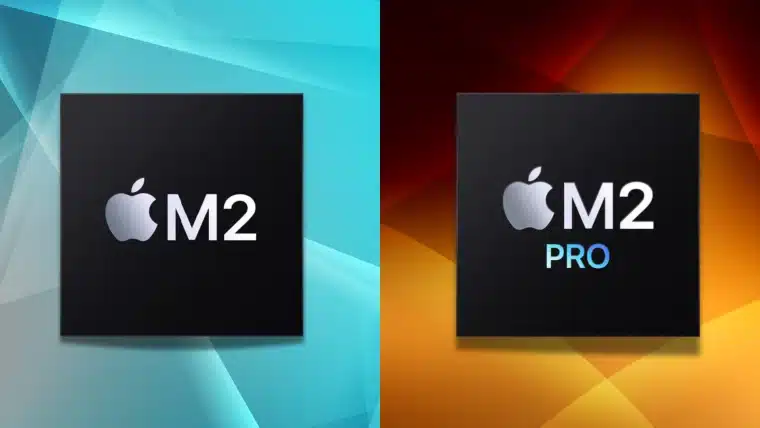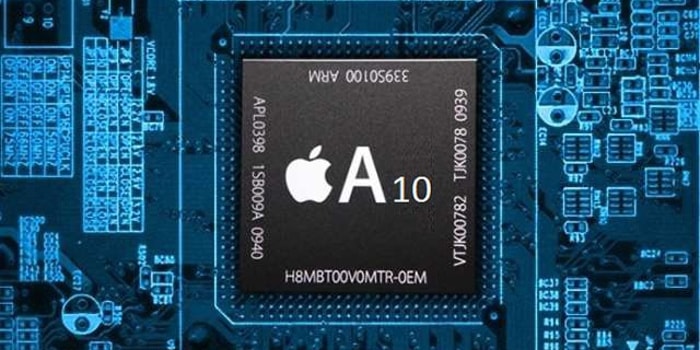As the United States aims to increase its domestic semiconductor production and reduce reliance on foreign chip suppliers, Apple finds itself at the center of this critical national effort.
With the passage of the CHIPS Act in 2022 and in the midst of growing concerns about the US’s supply chain vulnerabilities, Apple’s decisions as the world’s largest buyer of semiconductors have far-reaching implications for America’s technological and economic future.
Congress passed the CHIPS and Science Act to allocate $52 billion in subsidies that would incentivize chipmakers to set up new manufacturing facilities in the United States. This piece of legislation came in response to pandemic-induced chip shortages that exposed America’s dangerous dependence on foreign-made semiconductors, primarily coming from Taiwan and China.
The numbers tell an interesting story of how severely crippled the country’s chip manufacturing capacity was until then. In 1990, around 37% of the world’s semiconductors were made in the US. But by 2020, this percentage had plummeted to just 12%.
This increasingly lower domestic production resulted in severe supply chain disruptions during the COVID-19 pandemic. Automakers, for instance, faced 52-week waiting lists for the chips they needed to power sophisticated vehicle features. These companies were forced to reduce their production volumes and this resulted in an immediate increase in the price of used vehicles.
All modern electronic devices are powered by semiconductor chips – from smartphones to TVs and military equipment. Hence, the risks involved in relying on manufacturing facilities located overseas are just too high to be ignored.
Apple is a Major Player in the Chip Market

As the federal government pushes to revitalize domestic chip production, no single company wields more influence over the global semiconductor supply chain than Apple (AAPL).
In 2022, the company purchased $67 billion worth of semiconductor chips, accounting for 11% of the entire global market across all industries. Meanwhile, Apple’s share of smartphone and computer chip purchases is even higher, as it accounts for roughly 50% of global smartphone sales and 85% of all smartphone profits as per data from Semiconductor Digest.
This enormous buying power gives Apple unprecedented leverage over chip suppliers and the broader semiconductor space. The company’s sourcing decisions can make or break suppliers and shape the geographic distribution of the chip industry’s manufacturing capacity.
The Firm is Aiding the US’s Goal to Increase its Domestic Production Volumes
In recent years, Apple has made high-profile announcements about sourcing more chips from US facilities as part of an effort to align its corporate actions with the goals of the CHIPS Act.
In 2022, Apple revealed plans to source about one-third of its mobile phone processors from a Taiwan Semiconductor Manufacturing Company (TSMC) manufacturing plant that is currently under construction in Arizona.
In May 2023, Apple announced a multi-year deal with the US chipmaker Broadcom to develop 5G radio frequency components and wireless connectivity parts in several US locations, including Colorado. The deal was worth billions of dollars.
Apple’s CEO Tim Cook stated that these moves are part of the company’s commitment to invest $430 billion in the US economy, a plan first announced in 2021.
“We’re thrilled to make commitments that harness the ingenuity, creativity, and innovative spirit of American manufacturing,” Cook said in a statement about the Broadcom deal.
Apple’s In-House Chip Development Grew Rapidly Since 2008
A key factor in Apple’s chip strategy is the company’s aggressive push into designing its own custom semiconductors. This effort began in 2010 with the launch of the A4 chip in the iPhone 4. Additional similar components have been launched since then.
Apple now designs custom chips for all of its major product lines, including the A-series for iPhones, M-series for Macs, S-series for Apple Watches, and specialized chips for AirPods and other devices.
As of 2023, all new Mac computers are powered by Apple’s own silicon, ending a 15-year relationship with Intel and its world-class processors. Apple’s chip design team has grown from about 50 engineers in 2008 to thousands of employees today, with labs being set up around the world.
Johny Srouji, Apple’s senior vice president of hardware technologies, describes the company’s chip development approach as follows: “Because we’re not really selling chips outside, we focus on the product. That gives us the freedom to optimize, and the scalable architecture lets us reuse pieces between different products.”
The ability to design its own chips gives Apple greater control over its supply chain and allows it to optimize the design of its devices so they can function even better. However, it also increases its reliance on contractual relationships with key manufacturers like TSMC for production purposes.
Apple Still Relies Heavily on Foreign Facilities to Produce Its Most Advanced Chips
While Apple’s moves to source more chips from US facilities have been praised by media outlets and industry experts, the reality is more complex than it seems as the company remains heavily dependent on Taiwan-based TSMC when it comes to its most advanced chips.
TSMC manufactures over 90% of the world’s most advanced semiconductors. In 2022, Apple signed a deal to purchase 100% of TSMC’s initial run of 3-nanometer chips, the most advanced currently available. Meanwhile, Apple’s newest A17 Pro chip for iPhones and M3 chip for Macs are both manufactured by TSMC by using 3nm technology.
The company’s dependence on the Taiwanese semiconductor giant creates a significant geopolitical risk for the US amid the rising tensions between China and Taiwan. An invasion of Taiwan by China would severely disrupt the global semiconductor supply chain, with catastrophic consequences for Apple and the broader tech industry.
Apple’s commitment to source chips from TSMC’s Arizona plant is a step toward diversifying its supply chain but that facility will initially use older 5nm technology. It remains to be seen how quickly TSMC will be able to bring its most advanced manufacturing processes to the US.
Also read: What’s Next for Intel After Falling to a Decade Low?
Despite Apple’s public vows to increase its domestic chip production, the company has faced criticism for its historical role in off-shoring the semiconductor supply chain and its continued reliance on foreign manufacturers.
Critics argue that Apple’s ruthless pursuit of cost savings and profit margins prompted it to aggressively move most of its supply chain to Asia – particularly China. The company’s enormous buying power allows it to squeeze suppliers and force them to reduce their prices. As a result, their ability to invest in new technologies and build their manufacturing facilities in higher-cost locations like the US is crippled.
Moreover, Apple’s practice of signing exclusive deals for chip production, like its agreement to buy 100% of TSMC’s initial 3nm output has raised antitrust concerns. These moves can prevent competitors from accessing the most advanced semiconductor technology to compete with Apple’s products.
While Apple has made high-profile announcements about its intentions to source most of its chips from US-based manufacturers, critics argue that these moves are merely symbolic and do little to fundamentally reshape the company’s supply chain as the vast majority of Apple’s chips are still manufactured in Asia.
Finding a Balance Between Financial Success and Aiding US National Security
As the United States seeks to strengthen its competitive and domestic sufficiency in the semiconductor sector, Apple’s supply chain decisions will play a crucial role in determining how successful these efforts will be.
The company must navigate the tension between its fiduciary duty to shareholders (which often means seeking the lowest-cost suppliers) and growing pressures from the government to support US national security interests by increasing its support to domestic producers. The extent to which government incentives can offset the cost advantages of importing these components will be crucial.
The shortage of skilled semiconductor workers in the US is a major obstacle to expanding its domestic production. Apple’s prestige and resources could potentially help attract and train the necessary talent pool.
Meanwhile, as tensions between the US and China escalate, Apple may face increasing pressures to reduce its reliance on Chinese suppliers and TSMC. How the company manages these geopolitical challenges will have significant implications for the global semiconductor landscape.
